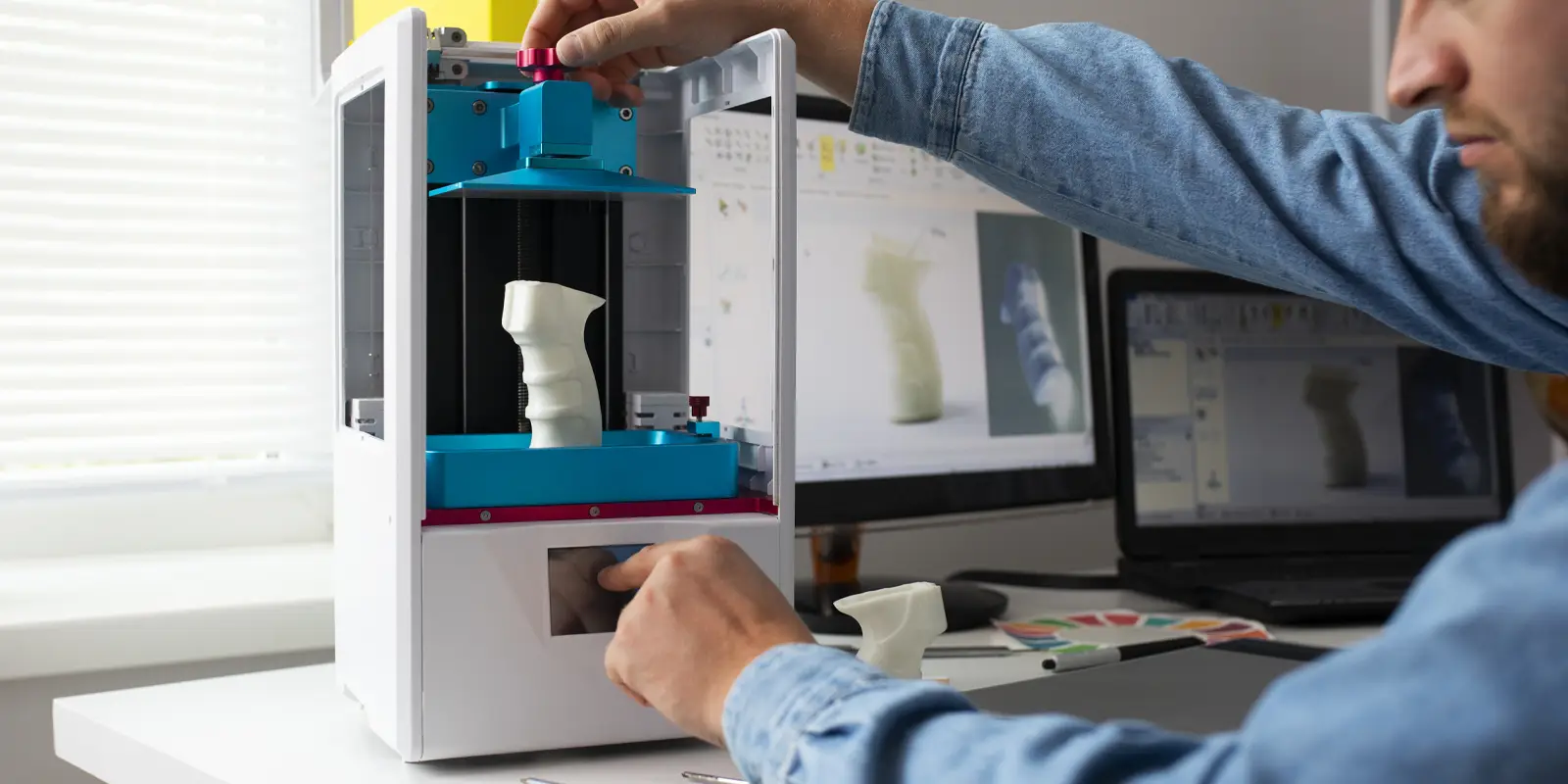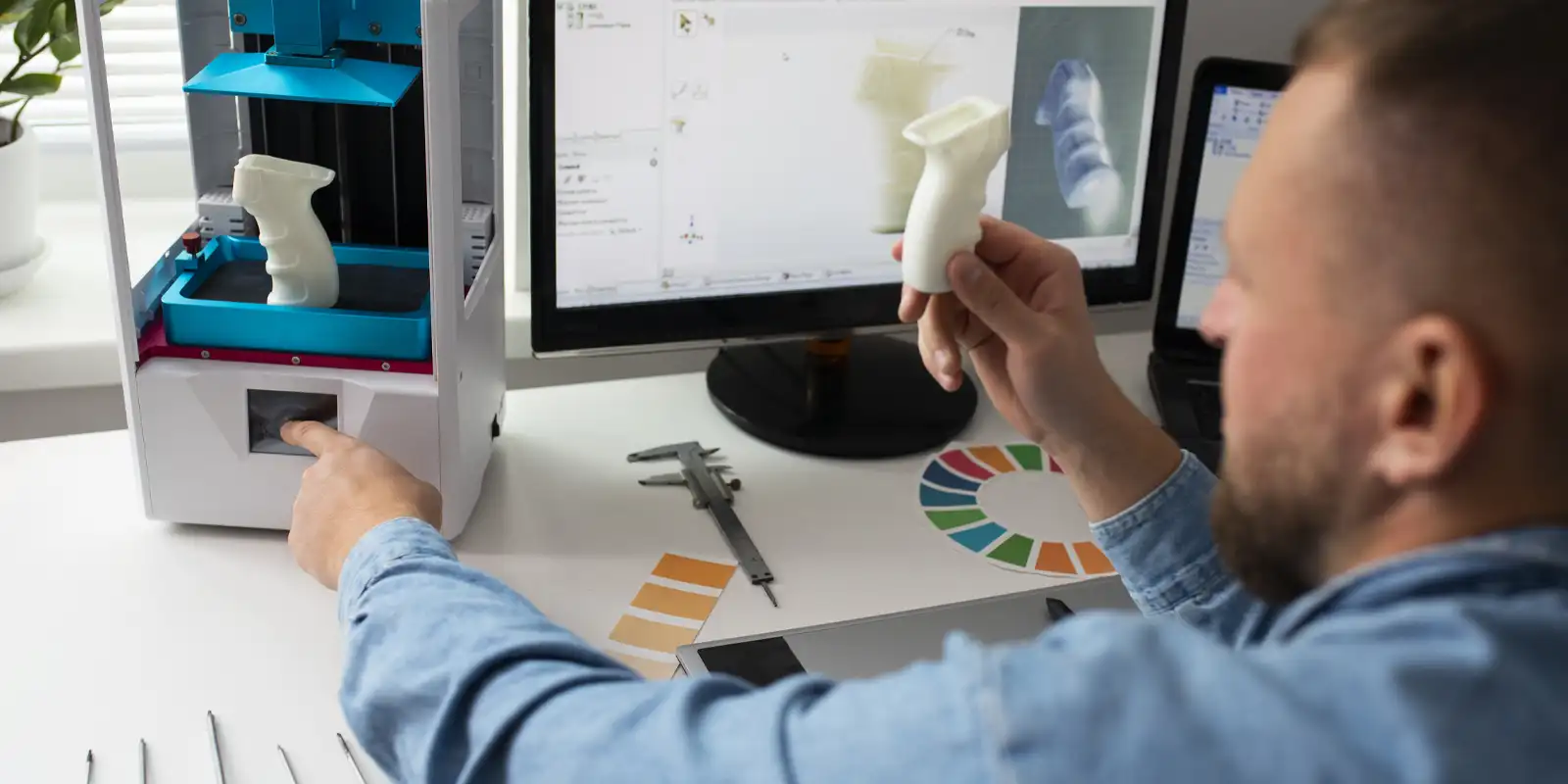In today’s rapidly evolving technological landscape, training in 3D printing is no longer optional—it’s essential. As 3D printing continues to revolutionize industries from healthcare to construction, gaining expertise in this area unlocks new professional and creative opportunities. Whether you’re an engineer, designer, or entrepreneur, learning how to operate, maintain, and innovate with 3D printers can significantly enhance your capabilities and market value.

Unlocking Career Opportunities in a Growing Industry
One of the main reasons to pursue training in 3D printing is the increasing demand for skilled professionals in this field. According to market research, the global 3D printing industry is expected to exceed $50 billion by 2030. As a result, companies across various sectors are actively seeking individuals who understand additive manufacturing processes.
Moreover, training provides more than just technical skills—it empowers professionals to think critically about how 3D printing can solve real-world problems. From creating custom medical implants to prototyping sustainable architecture, the applications are endless. In many cases, those who invest in training in 3D printing find themselves at the forefront of innovation, driving change in their respective industries.
In addition, mastering this technology can significantly improve employability. Hiring managers increasingly look for candidates with digital manufacturing knowledge, and certifications in 3D printing are a valuable asset on any résumé. Therefore, investing time and resources in training in 3D printing leads to tangible returns in career advancement and job security.
Practical Benefits of Training in 3D Printing and Personal Empowerment
Beyond professional growth, training brings personal empowerment. Understanding how to bring a digital design into physical reality is incredibly fulfilling. Hobbyists and creatives use 3D printing to produce custom art, tools, and household items. For educators, the technology opens new ways to engage students with hands-on learning.
Another key advantage is cost-efficiency. Trained individuals can reduce waste, optimize material usage, and create prototypes faster than with traditional manufacturing methods. This makes 3D printing a smart choice not only for businesses but also for individuals interested in DIY projects or startups.
Moreover, once you complete training in 3D printing, you gain the ability to adapt quickly to technological changes. As software and hardware evolve, those with a solid foundation in 3D printing can easily keep up. This adaptability is crucial in an era where innovation moves fast.

Sustainability is another significant factor. Many 3D printing processes are eco-friendly, using biodegradable materials or recycled plastics. Professionals who have completed training in 3D printing can contribute to greener manufacturing practices. This is particularly important as environmental concerns grow worldwide.
Conclusion: Invest in Your Future with the Right Training
In summary, training in 3D printing is a smart investment in both your career and personal development. It offers access to a growing job market, enhances creative expression, and supports sustainable innovation. By gaining the necessary skills and certifications, you prepare yourself to lead in a world increasingly shaped by digital manufacturing. Don’t just watch the future unfold—get training in 3D printing and become part of the transformation.





